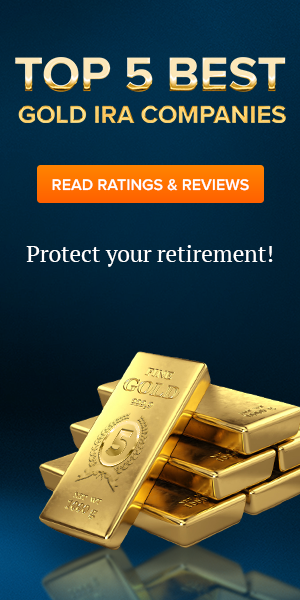Central Banks Globally Are Scrambling for More Gold
Gold and silver have pulled back several percent over the past week while stock markets have been buoyant over the past week as the Trump administration has softened its stance on tariffs.
At the same time, though, uncertainty about corporate earnings are keeping traders alert. Earnings reports released over the next few days will reveal whether sales and margins held up during the chaotic first quarter of 2025.
For the week gold is off a little more than $80 or 2.6.% to come in at $3,246 an ounce. Silver is down close to $1 and checks in at $32.32 an ounce, registering a weekly decline of 2.9%.
The PGMs are somewhat mixed on the week with both platinum and palladium currently on par with each other and checking in at $981 each. That results in a 1.4% weekly decline for platinum and a 0.5% gain for palladium.
Even though Americans still don't seem too interested in buying gold, that's certainly not the case in Asia – or with central banks, with both having continued stockpiling gold in the first quarter.
As the World Gold Council put it, central bank gold buying remained “comfortably within the quarterly range of the last three years.”
Official central bank gold demand topped 1,000 tonnes for the third straight year in 2024. And as Money Metals has reported in the past, there is strong evidence that a few central banks hold far more gold than they report.
So which countries are buying gold?
Well, the National Bank of Poland was the biggest central bank gold buyer in 2024 and stayed #1 with continued purchases through the first three months of 2025, adding another 49 tonnes.
Last year, National Bank of Poland Governor Adam Glapiński indicated the central bank plans to increase its gold holdings to 20 percent of its reserves, pointing out that this strategy makes Poland a more credible country with better financial standing across the world. Gold is free from credit risk and cannot be devalued by any country's policies, Glapinski noted.
The People's Bank of China publicly returned to the table in November after a six-month pause in reporting its gold purchases. The Chinese central bank was the second-biggest buyer in Q1, adding another 13 tonnes of gold to its official reserves. That pushed its official gold holdings to 2,292 tonnes, about 6.5 percent of its total reserves.
Notice the emphasis on "official."
China is one of the central banks that likely holds significantly more gold than it publicly discloses. As our own Jan Nieuwenhuijs has reported, the People's Bank of China is secretly buying large amounts of gold off the books.
According to data parsed by Money Metals, the Chinese central bank is currently sitting on more than 5,000 tonnes of monetary gold located in Beijing – more than TWICE what has been publicly admitted.
The National Bank of Kazakhstan added a net 6 tonnes of gold in Q1, despite selling 8 tonnes in February. The Kazakh central bank pivoted back to buying in March, adding 11 tonnes to its holdings. That pushed its official gold reserves to 291 tonnes.
The Czech National Bank has been slowly building its gold reserves for the last several years. The Czechs added another 5 tonnes of gold to their holdings in the first quarter. That pushed its total gold reserves to 56 tonnes, four times higher than it was at the end of 2021.
After ranking as the third biggest buyer in 2024, the Reserve Bank of India continued adding to its gold reserves in Q1, but at a much slower pace than before.
Other notable buyers in the first quarter included Turkey, Qatar, Egypt, and Azerbaijan. On the other hand, Russia sold a small amount of gold.
This strong central bank gold buying continues a trend we’ve seen over the last three years. On net, central banks officially increased their gold holdings by 1,044.6 tonnes in 2024. It was the 15th consecutive year of expanding gold reserves.
Looking at the broader perspective, the central bank gold buying trend is now entering its 16th year.
The World Gold Council expects the trend to continue, noting that “diversification” with “a reduction of U.S. assets” is one of the factors driving central bank gold buying. In other words, de-dollarization.
Even as the U.S. government and the Federal Reserve continue on a dangerous fiscal and monetary path, Americans can still go on their own personal gold standard. And there's no better company to help with that than Money Metals.
This is especially true because premiums on coins, bars, and rounds remain at multi-year lows, allowing customers to acquire the monetary metals in a highly efficient manner.
********






 Mike Gleason is a Director with
Mike Gleason is a Director with 








